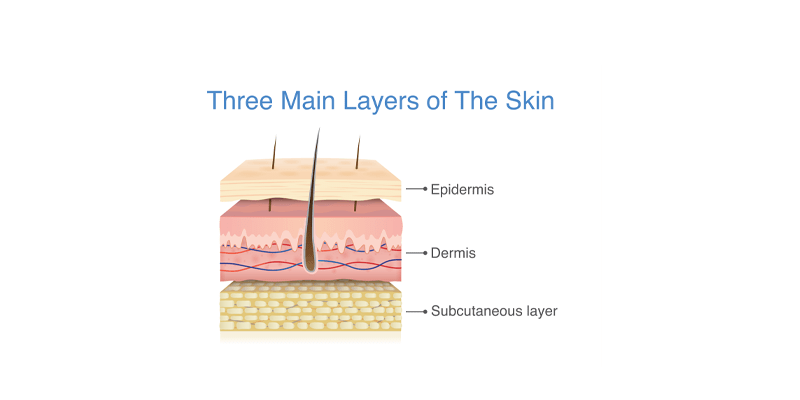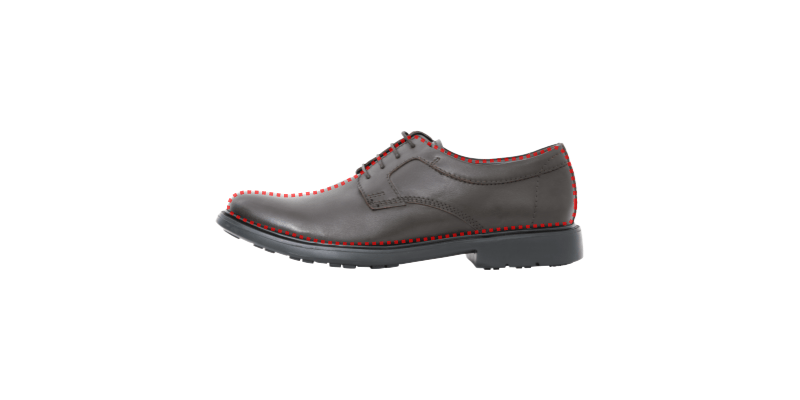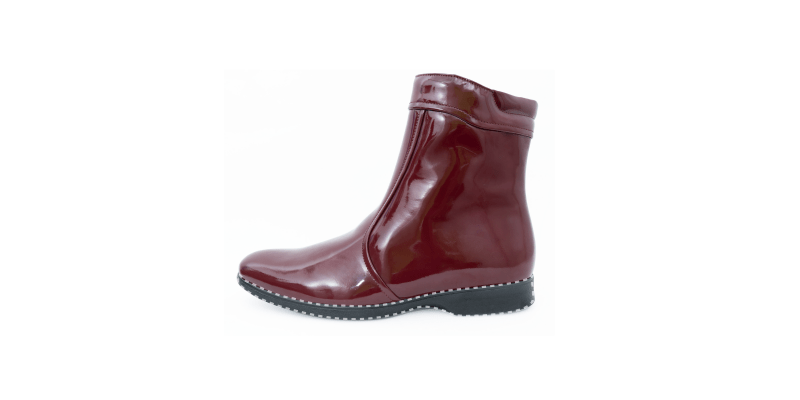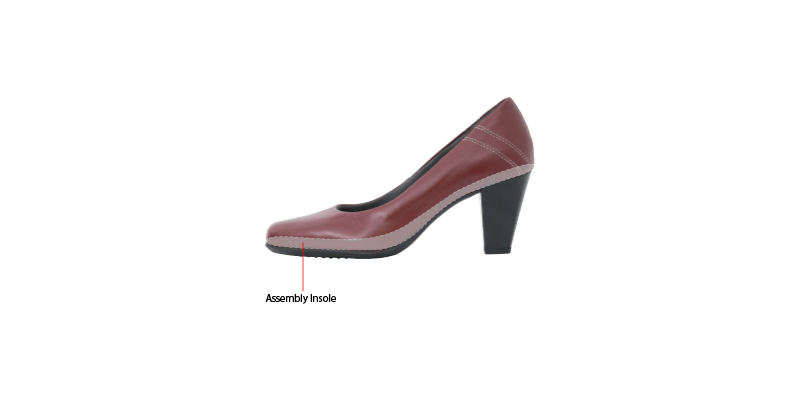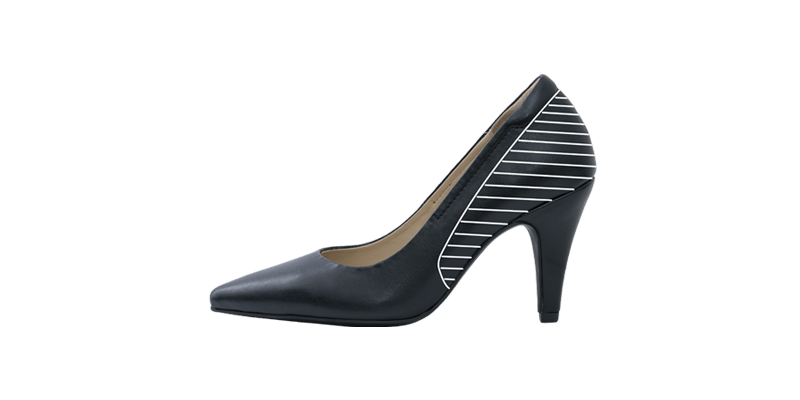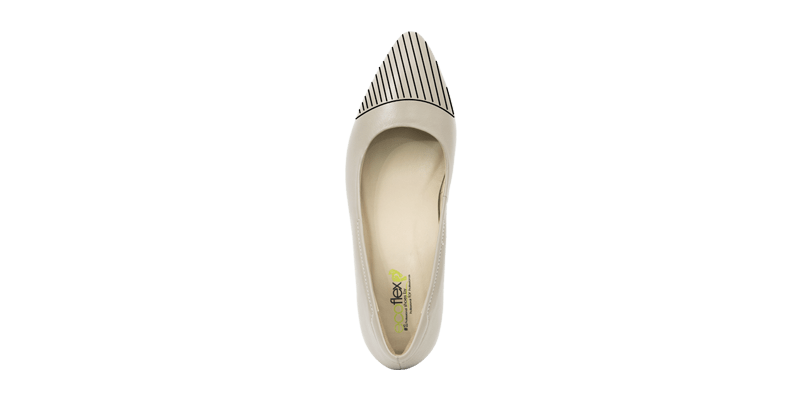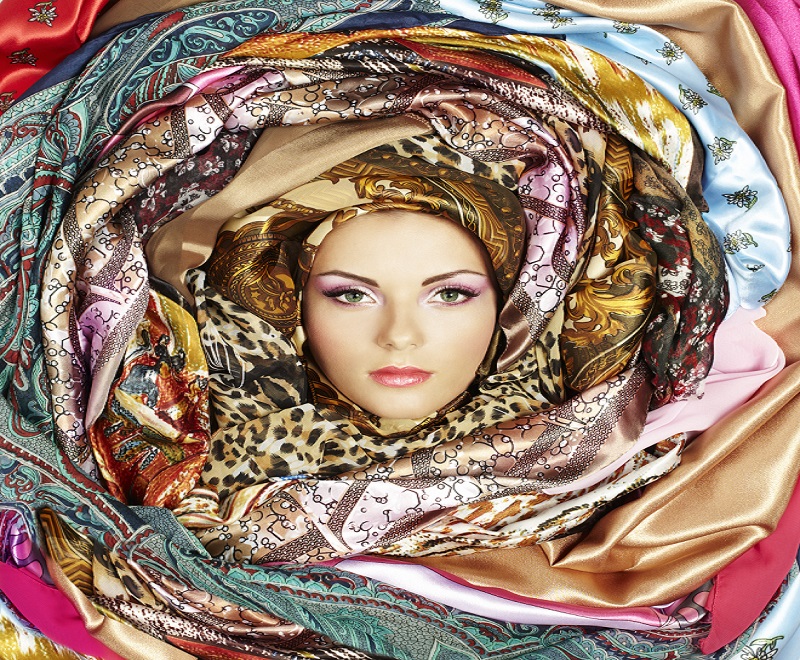
1) Shoe Materials;
Synthetics & Fabrics
The use of synthetic materials for upper and lining, in shoe making have surpassed by far the use of leather for the production of footwear in the world due to the following reasons; they are usually cheaper, long lasting, and come in various fashion-colored combinations. They can easily be cleaned and are resistant to water, dirt and have a uniform thickness. They also can be cut from many stacks of layers in one single slice. The negative downfall is that PU tends to warm up causing the foot to suet in addition to the fact that the foot does not move naturally inside the shoe so limiting its comfort.
Synthetics can be classified in two major families; Coated and Coagulated materials.
The Coating System, which represent the majority of the synthetics in the market, is also called the Dry System. This system will use a specialized Paper called the Release Paper having various patterns/design (example leather Grains designs) on which is spread one of more layers of PU or PVC. This is then placed in an oven to dry and a fabric support will then be glued on it to stabilize it and make it sturdier. Once it is dry, the release paper is peeled off leaving the print visible. This release paper can then be rolled and reused again up to 4-5 times. With this coating system, the fabric will be visible so we need to be careful where to place it in the shoe. In other words, the grain side will look like leather while the flesh side will look like textile.
The Coagulated or Wet System still uses fabric which will be soaked into PU or PVC so both sides will get completely covered with the material, hiding the support completely. These rolls will pass through compress rollers and into various substances which coagulates the materials together in the next drying phase. Before it is completely dried, it will pass through a roller having the desired print. The feel is more like real leather and the reverse side (flesh) also has a similar leather flesh finish. This system is more complicated and so more costly. With this system, the grain side and flesh will both look and feel like leather.
Fabrics on the other had can also be used to make uppers and lining in footwear. The fabric differs from the clothing industry since it needs re-enforcement in order to keep its shape and resist to the tensions of footwear machineries. We use fabrics for its lower cost, but also for its fashion creativity and speed in cutting same as synthetic, they also can be cut from many stacks of layers in one single slice.
Fabrics can be classified in Firm Fabrics and Stretch Fabrics.
We start with Fibers from animal, vegetable, artificial or synthetic origin. These fibers are then transformed into threads. These threads are then transformed into yarns. These threads can now be weaved into Fabrics, Knits or Meshes.
Depending on how these threads are crossed we will transform into various type of materials. The easiest and most durable fabric which we mostly use in footwear, is the CANVAS where the threads go below one thread and over the next and so on. Canvas is resistant to heat so suitable for Vulcanized constructions. DENIM instead will go below two threads and over one threads. This type of material is less durable but more elastic. The SATIN threads will go below four threads and over one and is the most complicated.
Knitting instead the threads are knitted together into rings and used in Jersey a re-enforcement for leather. MESH on the other hand, it’s woven are loosely enough that there are small holes throughout its surfaces making it very breathable and fresh. They are often used for upper lining in warm countries.
FUNCTION: Today more than 80% of footwear materials use synthetic and fabric materials due to its low cost, versatility and variety of choices. Big fashion brands also have adopted these materials for its technological beauty. Some High-quality man-made materials can also cost more than leather and have incredible designs and patterns.
Italian Footwear Solution will ensure to only use the best materials in the market. The decision of the material used will depends on the quality, its softness, comfort, durability and esthetic look and feel. You can always trust the high quality of our material carefully selected which represents our Italian Tradition and Heritage.

